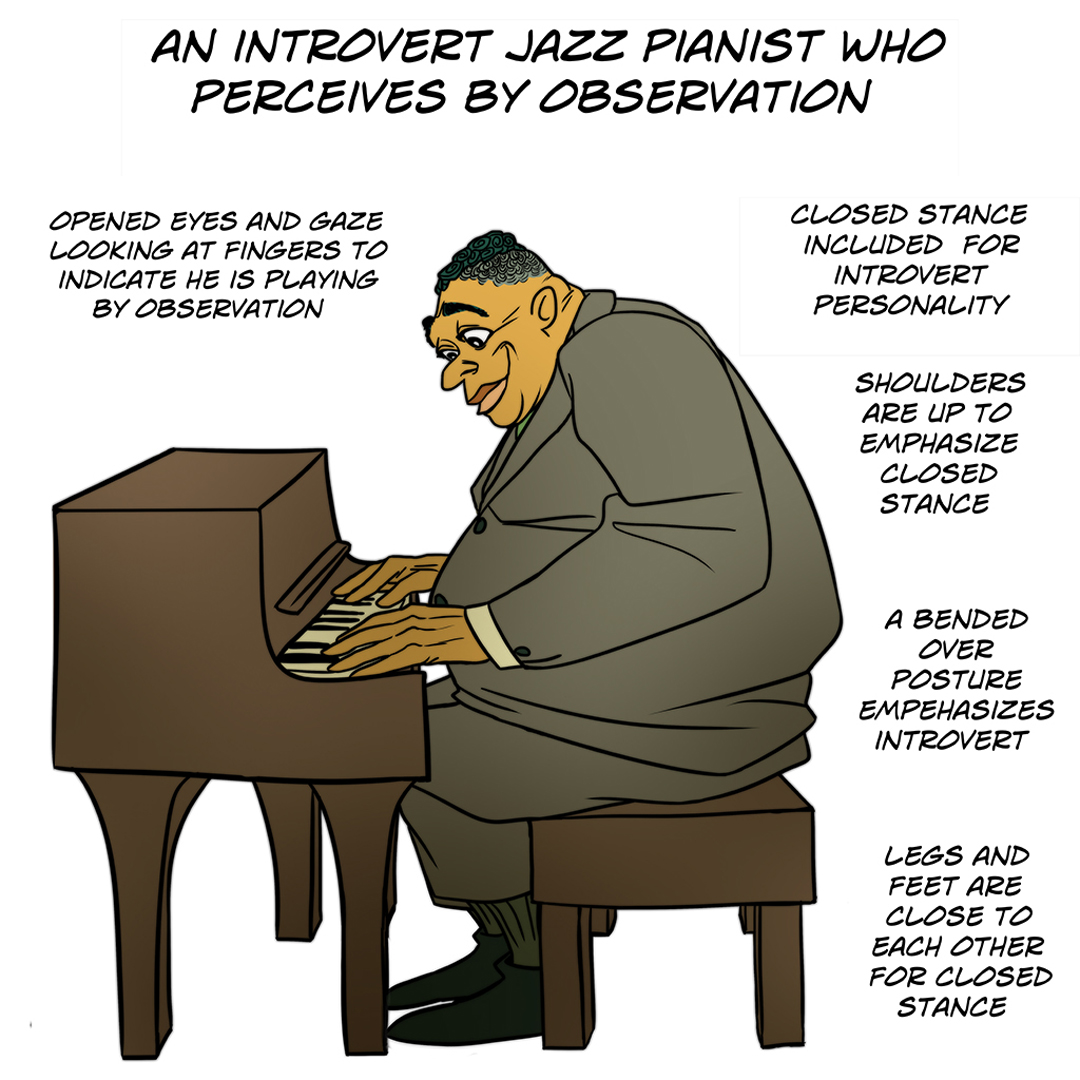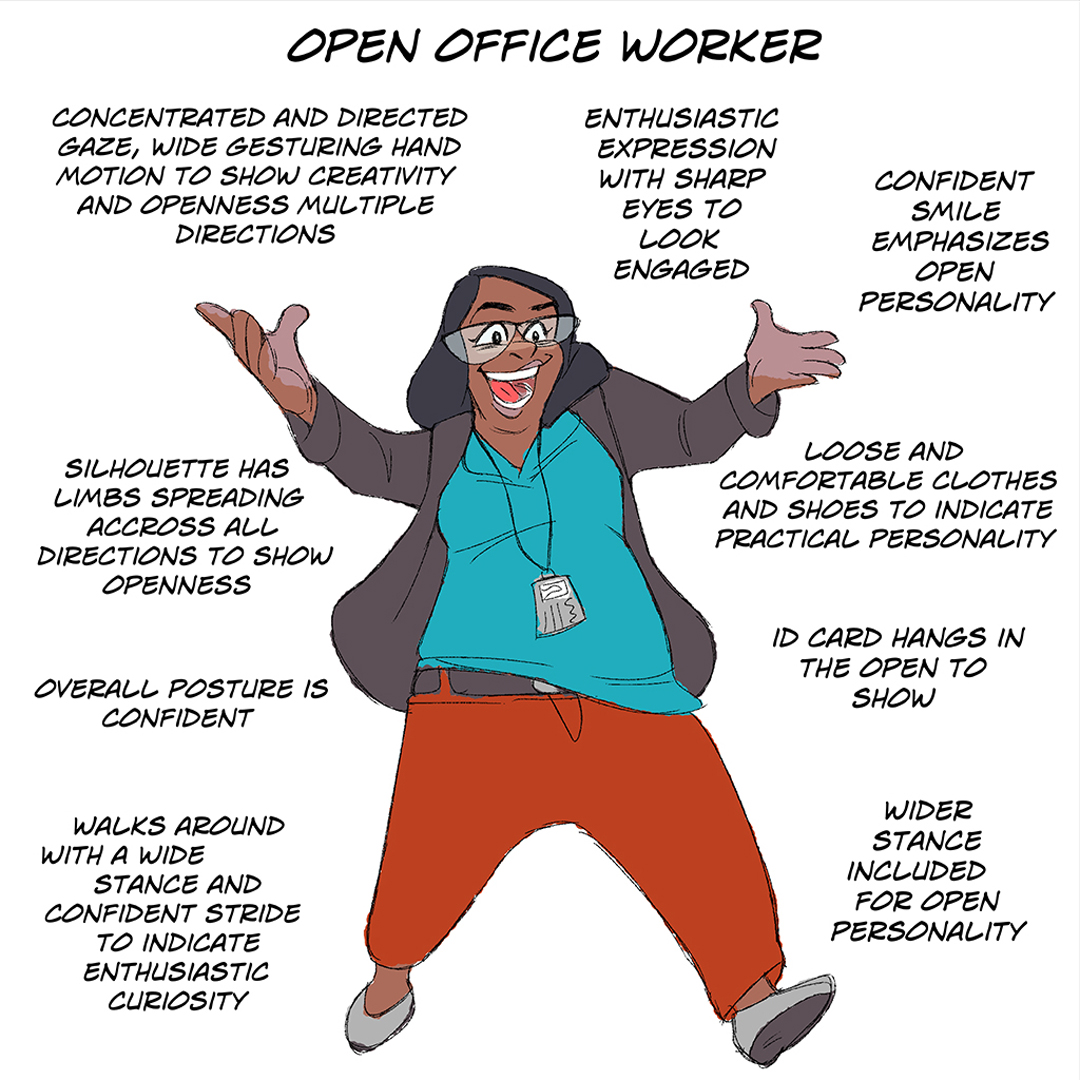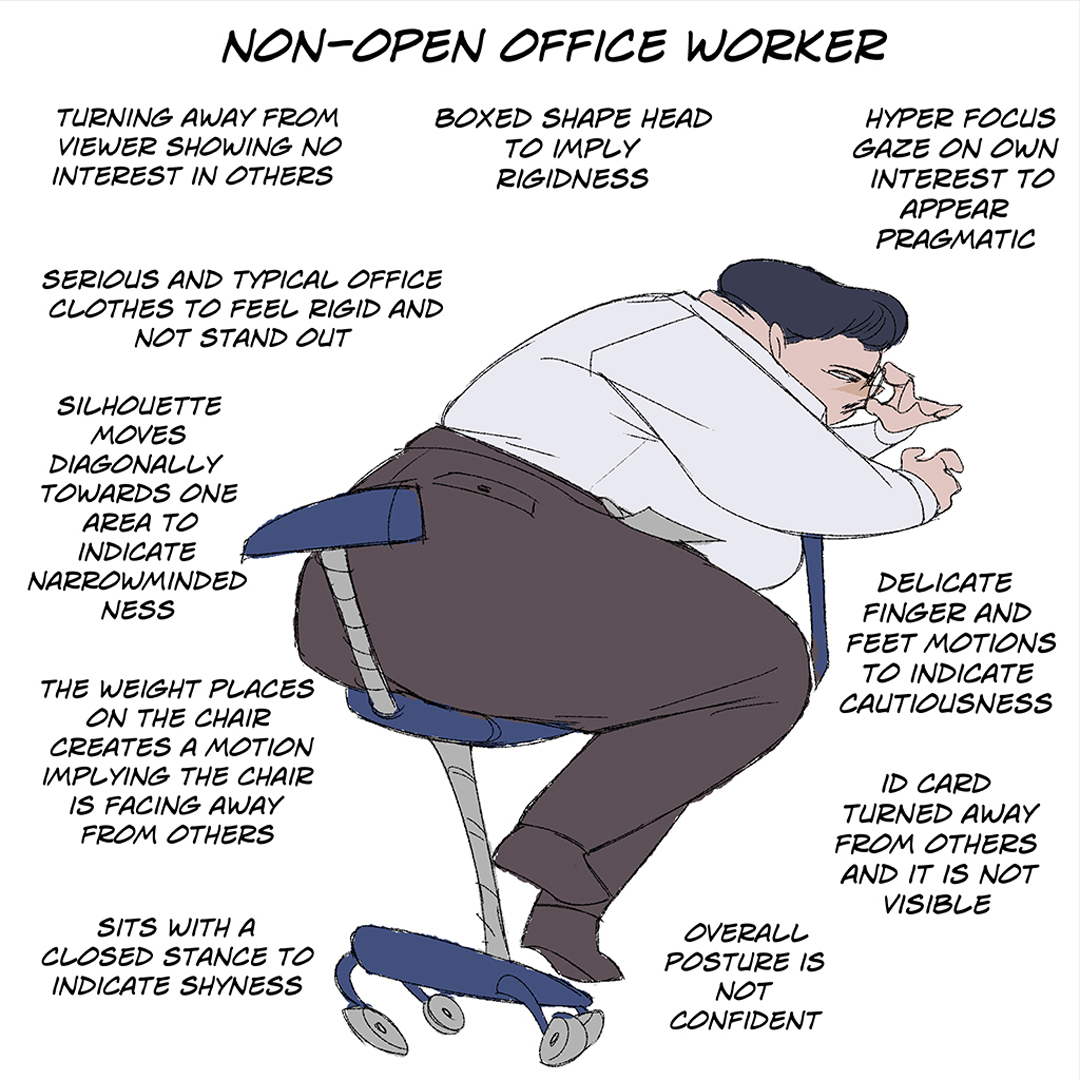“A Formal Process to Design Visual Archetypes Based on Character Taxonomies” by Wang, Eason and Akleman
Conference:
Type(s):
Entry Number: 08
Title:
- A Formal Process to Design Visual Archetypes Based on Character Taxonomies
Presenter(s)/Author(s):
Abstract:
ABSTRACT
While there are many professional examples of successful character designs, there seems to be little academic formalization in standardizing a process to achieve consistent visual results. In this work, we present such a formal process to construct visual designs for character archetypes that are given by “verbal descriptions”. This process is based on visual semiotics that are used for creating clear meaning behind design choices while still retaining a sense of aesthetic through principles of artistic design. Using this process, we have developed a set of encyclopedic references for a wide variety of psychology and literary archetypes to demonstrate the power of this approach. We also used this process successfully in a visual storytelling class.
INTRODUCTION AND MOTIVATION
For character archetypes, there exist large numbers of verbal descriptions. However, there’s no formally defined process to turn these verbal descriptions into visual characteristics. Even though there is a wide range of professionally designed archetypes shown in media that one can emulate, tackling this task can be overwhelming without a structured way to approach the design problem [Blair 1994].
There are design concepts such as shape language that is often discussed among character designers [Eggleston 2015; Ekström 2013; Robertson 2009], but with the inundation of different opinions and resources on character designing and no academic filter, it is hard to gauge what is actually credible advice. It is also a question whether these concepts that character designers hold in high regard are actually the most logical starting points in the design process.
In this poster, we present our recent work that provides a process of a methodological approach to designing visual characters [Eason 2019; Wang 2018], invoking principles similar to those used by the masters of animation [Blair 1994; Thomas et al. 1995] as well as psychology-based analysis [Akleman 1997; Akleman and Reisch 2004; Ekman and Oster 1979; Moriarty 2002].
METHODOLOGY
Our process can be summarized in four stages as shown in Figure 2: (1) creating an initial visual description based on a real-world reference, (2) exaggerating features to capture generic likeness by evaluating visual cues from a variety of proportional changes (3) introducing personality drawing from indexical signs, and (4) emphasizing visual appeal through the addition and/or omission of props. For the details of the process, refer the thesis [Wang 2018].
Our contributions with this process can be summarized as follows: (1) We have defined a logical and objective base model for the character design to be built upon, and analyze how to manipulate proportional bias from this model. (2) We have provided guidelines for the method of creating a design unique from the base model with deliberate and clear intentions and strong appeal. (3) Using the method, a number of artists were able to design approximately 100 visual representations of a wide variety of archetype descriptions from psychology-based personality types to literary archetypes.
In this poster, we provide a few examples with Preston Blair type textual descriptions [Blair 1994] (See Figures 1a and 1b. We think that Preston Blair type textual descriptions are particularly helpful for anybody who wants to design visual Archetypes. Our goal is to treat this as an open source project and increase the number of entries in our encyclopedic references collecting visual inputs from a wide variety of character artists.
Each of the authors of this paper have used this process to create characters. All three of us were able to create convincing archetypes. We have also taught it successfully in a visual storytelling class. As a result, we have created a significant number of characters using the process. Our goal is to create a repository of characters in such a way that people can add new characters and their decisions in Preston Blair type.
CONCLUSION AND FUTURE WORK
In this paper, we presented our recent work on the development of a formal process for constructing visual archetypes from any given verbal description [Wang 2018]. Using this process, it is possible to obtain a wide variety of archetypes and this approach is successfully used to create archetypes in a set of safety animations [Eason 2019]. We have also developed and have been developing encyclopedic references that can be useful for a wide variety of cases.
We also demonstrated this process can successfully be used in art classes to teach character design. Although, we focus on drawing, this process does not really need a drawing ability. All the steps of the process can be directly applied to a photograph to obtain a photograph or painting like results [Akleman 1997] by using operations such as rotation, scaling, translation, and warping, which are already available in any image processing program.
References:
- Ergun Akleman. 1997. Making caricatures with morphing. In ACM SIGGRAPH 97 Visual Proceedings: The art and interdisciplinary programs of SIGGRAPH’97. ACM, Los Angeles, CA, 145.
- Ergun Akleman and Jon Reisch. 2004. Modeling expressive 3D caricatures. In ACM SIGGRAPH 2004 Sketches. ACM, Los Angeles, CA, 61.
- Preston Blair. 1994. Cartoon animation. Walter Foster, Lake Forest, CA.
- Tami D. Cowden, Caro LaFever, and Sue Viders. 2013. The complete writer’s guide to heroes & heroines: sixteen master archetypes. Archetype Press, Pasadena, CA.
- Anthony Dalton Eason. 2019. Creating Entertaining Animations for Safety Education. Master’s thesis. Texas A&M University: Available electronically from https://oaktrust.library.tamu.edu/handle/1969.1/174351., College Station, Texas.
- Brookes Eggleston. 2015. Shape Language 1: Intro and Round Shapes: www.youtube.com/watch?v=FbtoO6zFJ3o. (2015).
Paul Ekman and Harriet Oster. 1979. Facial expressions of emotion. Annual review of psychology 30, 1 (1979), 527–554. - Hanna Ekström. 2013. How Can a Character’s Personality be Conveyed Visually, through Shape. (2013).
- Timothy A Judge, Joyce E Bono, Remus Ilies, and Megan W Gerhardt. 2002. Personality and leadership: a qualitative and quantitative review. Journal of applied psychology 87, 4 (2002), 765.
- Carl Gustav Jung. 2014. The archetypes and the collective unconscious. Routledge, Los Angeles, CA.
- Sandra E Moriarty. 2002. The symbiotics of semiotics and visual communication. Journal of Visual Literacy 22, 1 (2002), 19–28.
- Barbara Robertson. 2009. The Shape of Animation. (Jul 2009). http: //www.cgw.com/Publications/CGW/2009/Volume-32-Issue-6-June-2009-/ The-Shape-of-Animation.aspx
- Victoria Schmidt. 2007. 45 Master Characters. Writer’s Digest Books, Los Angeles, CA.
- Frank Thomas, Ollie Johnston, and Frank. Thomas. 1995. The illusion of life: Disney animation. Hyperion, New York, NW.
- Angela Wang. 2018. An Approach to Design Visuals for Archetypes Based on Character Archetype Taxonomies. Master’s thesis. Texas A&M University: Available electronically from https://oaktrust.library.tamu.edu/handle/1969.1/173302., College Station, Texas.








